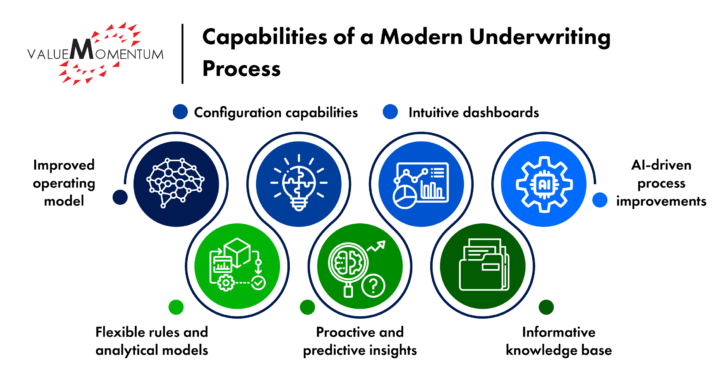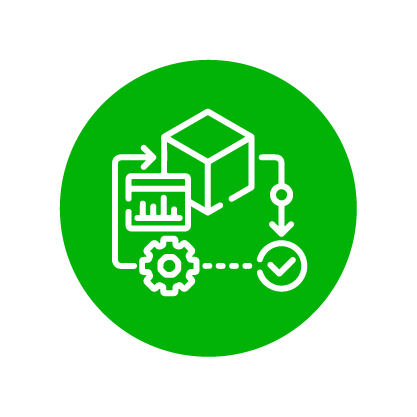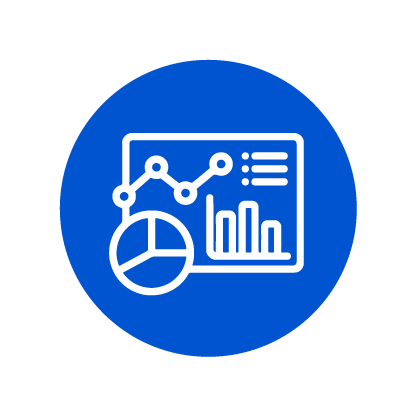Underwriting plays a vital role in the insurance life cycle, but many carriers are still working with outdated, heavily manual processes. In addition, many career underwriters are reaching retirement age, leaving knowledge gaps in their wake. To build a modern underwriting process, insurers, especially those supporting complex commercial and specialty lines of business, are investing in digital underwriting capabilities as well as leveraging commercial underwriting workbenches to enhance their operations.
While underwriting is a foundational element of the insurance value chain, many carriers’ underwriting teams are working with outdated or unused knowledge bases, disparate tools and systems augmented by manual processes, and limited data insights into their risk evaluation.
Investing in underwriting modernization can help underwriters increase their efficiency and effectiveness, reduce underwriting expenses, and ensure more standardized decision-making. As a result of these benefits, carriers also see an improved user experience along with a higher degree of engagement from agents, brokers, and customers.
Why a Modern Insurance Underwriting Process Is Necessary
Digital underwriting solutions based on a thorough value optimization analysis can help streamline the way underwriters access and analyze the documents, data, dashboards, systems, and external sources they use as part of their day-to-day work.
Carriers are investing in underwriting modernization to automate and improve critical functions such as risk evaluation, referral decisions, and audits, along with workload and performance management. With an underwriting workbench or a customized underwriting solution, underwriters can access all the resources they need to make risk and policy decisions in a single place.
As new data sources and technology become available, an updated underwriting technology stack and process is critical for insurers to stay competitive with their peers. Carriers are working to integrate their core systems and leveraging data analytics more effectively to make underwriting decisions based on insights around risk concentration, submissions, renewals, and other factors.
In addition, elements such as geospatial mapping, artificial intelligence (AI) and generative AI (GenAI), and third-party data sources are helping insurers better assess exposure and other portfolio indicators. These advanced technologies are allowing insurers not only to price risk more effectively, but also to go after new risks when they present themselves as potential growth avenues for the company.
Capabilities of a Modern Underwriting Process
Modern underwriting capabilities not only simplify workflows and increase engagement for stakeholders across the underwriting process, but they can also help insurers more effectively rate complex risks; tailor their product pricing, high exposure alerts, and associated loss prevention recommendations; summarize submissions and related underwriting guidelines; and triage risk assessment so humans spend more time handling complex submissions and less time on standard risks.
An optimized underwriting process is designed to remediate the challenges carriers are facing with their current workflows, data sources, and systems, leading to better efficiency, effectiveness, and experience. But what exactly does optimized underwriting look like? Here are seven key capabilities

 Improved operating model. Modern underwriting platforms should be built on an operating model that offers clarity of the market appetite match. This operating model should be able to address automated prioritization of submissions, underwriter assignment, underwriting decisions, and auditability for deviations and adherence to guidelines. It should also involve periodic review of underwriting guidelines, roles, skills, and authority limits to better align with the evolving insurance ecosystem.
Improved operating model. Modern underwriting platforms should be built on an operating model that offers clarity of the market appetite match. This operating model should be able to address automated prioritization of submissions, underwriter assignment, underwriting decisions, and auditability for deviations and adherence to guidelines. It should also involve periodic review of underwriting guidelines, roles, skills, and authority limits to better align with the evolving insurance ecosystem.
 Flexible rules and analytical models. Underwriting platforms should include the ability to externalize rules and analytics as well as visualize impacts to growth and profitability due to changes in rules and analytical models. Several carriers are leveraging the transformation or modernization opportunity to optimize rules they implemented decades ago which may no longer be relevant or required.
Flexible rules and analytical models. Underwriting platforms should include the ability to externalize rules and analytics as well as visualize impacts to growth and profitability due to changes in rules and analytical models. Several carriers are leveraging the transformation or modernization opportunity to optimize rules they implemented decades ago which may no longer be relevant or required.
 Configuration capabilities. Modern workflows should enable carriers to configure rules, authority levels, and thresholds for straight-through processing. Business rules are oftentimes responsive to avoid or include follow-up questions based on point-in-time information. Classic examples are coverage and limits recommendations for industry class or exclusions for a leased vehicle or property.
Configuration capabilities. Modern workflows should enable carriers to configure rules, authority levels, and thresholds for straight-through processing. Business rules are oftentimes responsive to avoid or include follow-up questions based on point-in-time information. Classic examples are coverage and limits recommendations for industry class or exclusions for a leased vehicle or property.
 Proactive and predictive insights. Underwriting platforms should be able to provide underwriters with proactive and predictive insights leveraging data, analytics, and AI during the submission phase, renewal review, and decision process. Incorporating these insights into an insurer’s underwriting platform helps implement a consistent process for review and decision-making — and it saves underwriters time, too.
Proactive and predictive insights. Underwriting platforms should be able to provide underwriters with proactive and predictive insights leveraging data, analytics, and AI during the submission phase, renewal review, and decision process. Incorporating these insights into an insurer’s underwriting platform helps implement a consistent process for review and decision-making — and it saves underwriters time, too.
 Intuitive dashboards. A major attribute of modern underwriting workflows is the ability for underwriters to have a 360-degree view of their entire portfolio in a single, intuitive dashboard. These dashboards should highlight growth, efficiency, and their combined ratio. Carriers are designing intuitive dashboards that consider persona, product, and partner performance.
Intuitive dashboards. A major attribute of modern underwriting workflows is the ability for underwriters to have a 360-degree view of their entire portfolio in a single, intuitive dashboard. These dashboards should highlight growth, efficiency, and their combined ratio. Carriers are designing intuitive dashboards that consider persona, product, and partner performance.

Informative knowledge base. Underwriters should have access within their workbench or platform to a store of digital information for diagnostics, training, and product innovation purposes. Insurers’ knowledge repositories are built over several years. With current processes, it is typically challenging to search for meaningful information in the context of submissions, accounts, agents, and renewals being processed. Direct access to insights within the underwriting workbench or platform simplifies multiple aspects of an underwriter’s responsibilities.
 AI-driven process improvements. GenAI has received plenty of interest from insurers for use cases across the value chain. For underwriting, insurers can leverage GenAI and other forms of AI to summarize information; deliver insights; and triage submissions to reduce potential misclassification, improve risk assessment, and offer reasoning-based opinion on risk decisions.
AI-driven process improvements. GenAI has received plenty of interest from insurers for use cases across the value chain. For underwriting, insurers can leverage GenAI and other forms of AI to summarize information; deliver insights; and triage submissions to reduce potential misclassification, improve risk assessment, and offer reasoning-based opinion on risk decisions.
Enabling these seven capabilities will drive efficiency in the underwriting process; free up underwriter bandwidth so that they can focus on higher priority, value-generating activities; and allow the organization to adapt quickly to customer-driven or market-driven changes to remain competitive.
Underwriting Transformation for the Modern Insurer
While underwriting has historically been a heavily manual process, insurers are working to reduce the time underwriters spend on basic tasks through tools like automation and better risk analytics. Freeing up employees to devote more time to high-value tasks increases the underwriting department’s productivity and efficiency, driving more success for the business.
Modernizing the workflows, platforms, and processes fueling underwriting can help insurers have a more holistic view of their risk portfolio to make more data-driven decisions, have a clearer view of riskier submissions, and track progress against their business goals. The capabilities outlined above can help organizations ensure they have the tools they need in place to propel their business forward.
Interested in seeing how insurers are applying these modern underwriting capabilities to benefit their business? Find out more in our case study Tokio Marine HCC – CPLG Creates World-Class Digital Distribution.
